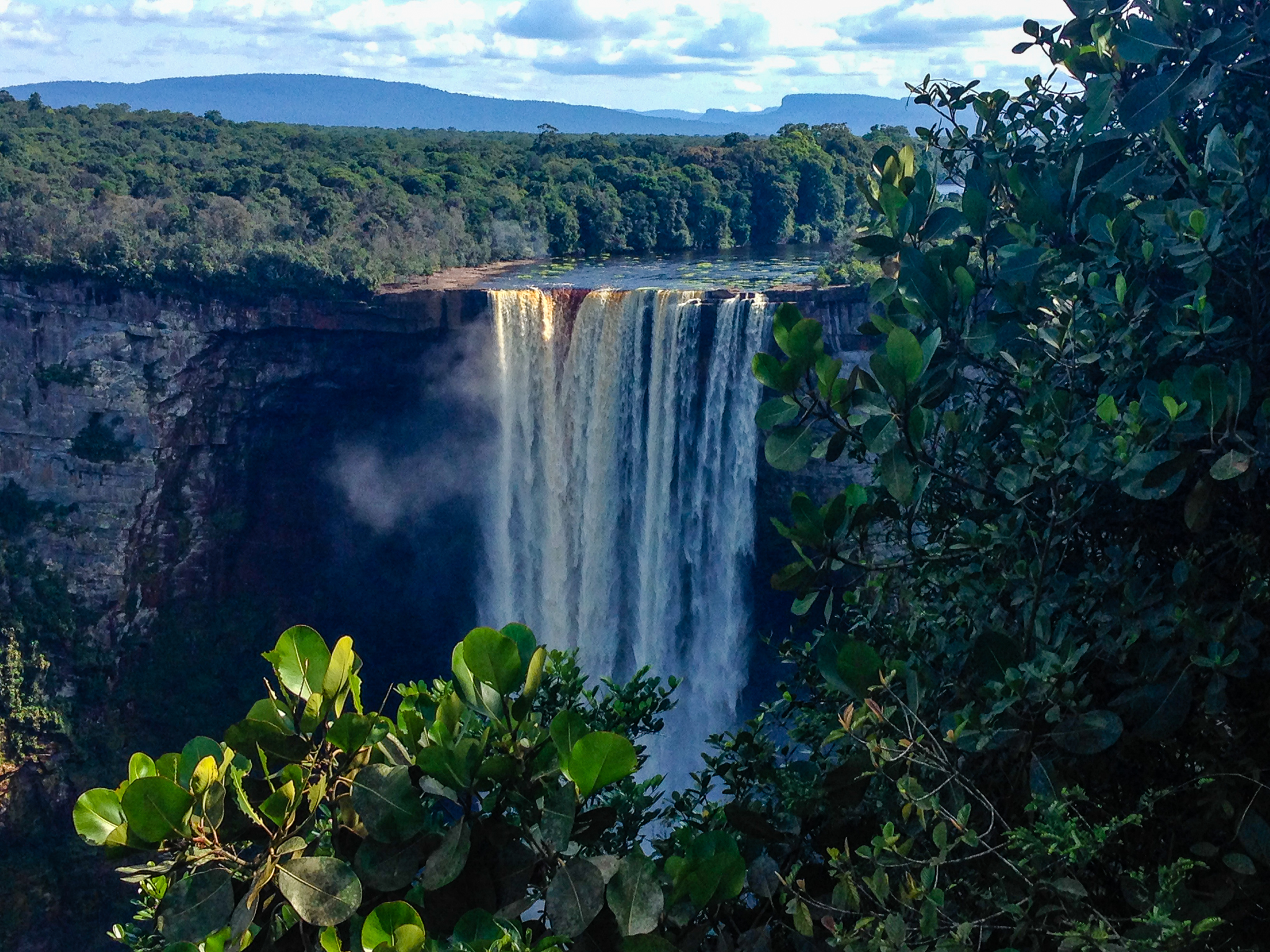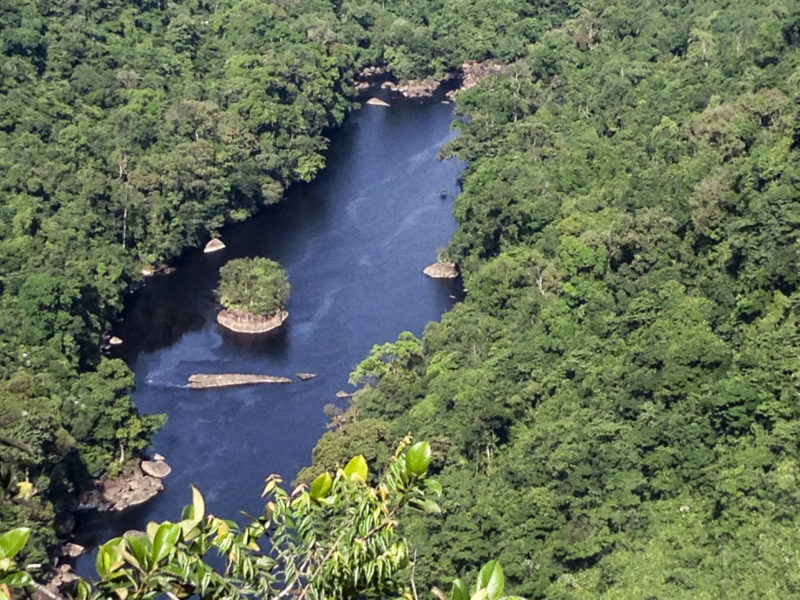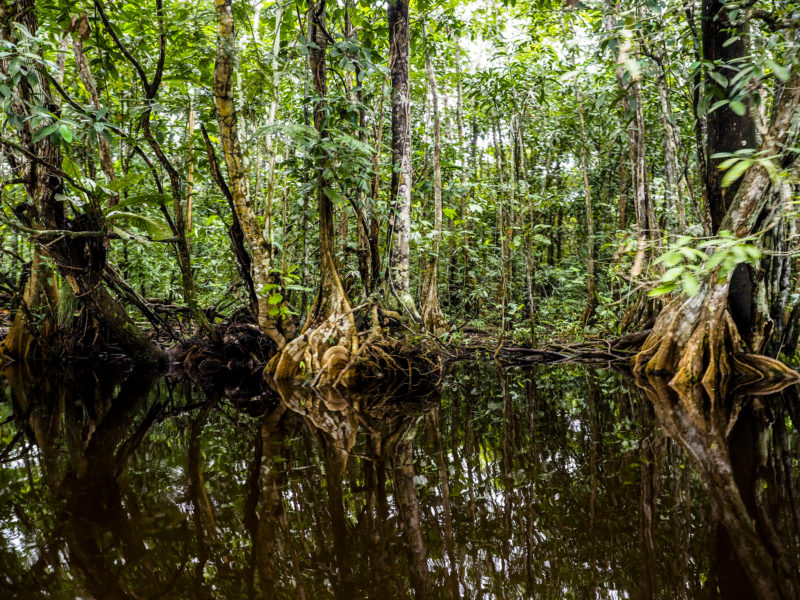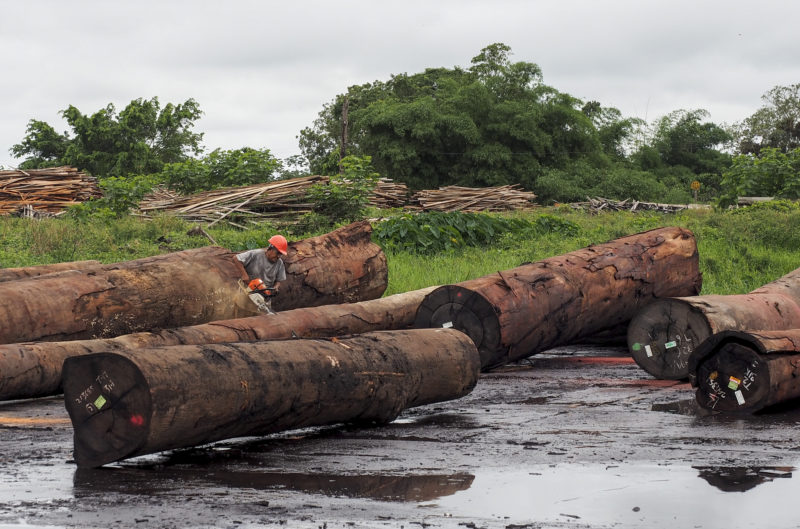Guyana
Guyana's almost untouched rainforest sits on an ancient geological formation called the Guiana Shield in the northeast of South America. Since 2009, Guyana and Norway have collaborated to promote green development in Guyana while keeping deforestation at low levels.
Guyana’s almost untouched rainforest sits on an ancient geological formation called the Guiana Shield in the northeast of South America. Since 2009, Guyana and Norway have collaborated to promote green development in Guyana while keeping deforestation at low levels.
These rainforests also store and continue to absorb large quantities of carbon, provide income from eco-tourism, timber and other forest products, produce water, regulate precipitation and contribute a range of other indispensable ecosystem services.
Guyana is classified as a lower-middle-income country by the World Bank. The path to economic growth and development for poorer countries has historically included large-scale logging and other industries that contribute to the destruction of forest.
The Guyanese government wants to pursue an alternative path to development, and has a national strategy for economic and social development without increasing deforestation. The aim is to limit greenhouse gas emissions from deforestation, while also converting the energy sector to renewable energy and accelerating the development of low-carbon industries.
There is broad support for this approach, as stated both in the current Green State Development Strategy as well as in the previous Low Carbon Development Strategy.
In these countries, the international community ought to reward results in avoiding an increase in deforestation as opposed to reducing deforestation.
In the absence of economic incentives for such countries, there is a real risk that deforestation could ‘leak’ from current high deforestation countries to low deforestation countries. In order to avoid such leakages, countries that have maintained most of their forests should be rewarded financially for avoided deforestation. Guyana and Norway want their climate and forest partnership to present an international model for how this can be achieved in practice.
Norway’s climate and forest partnership with Guyana
Norway and Guyana signed a climate and forest partnership in November 2009. The partnership has been extended to the end of 2020.
The forest partnership with Guyana has two result components:
- continued low deforestation
- improved governance in the forest sector.
The agreement between Guyana and Norway carefully sets out how payments for low deforestation are calculated based on deforestation results in previous years. For example, the payment is reduced gradually if the deforestation rate exceeds the 2010 level of 0.056% and halt completely if the deforestation rate reaches 0.1%. Results relating to improved governance in the forestry sector are based on a third party appraisal of agreed milestones.
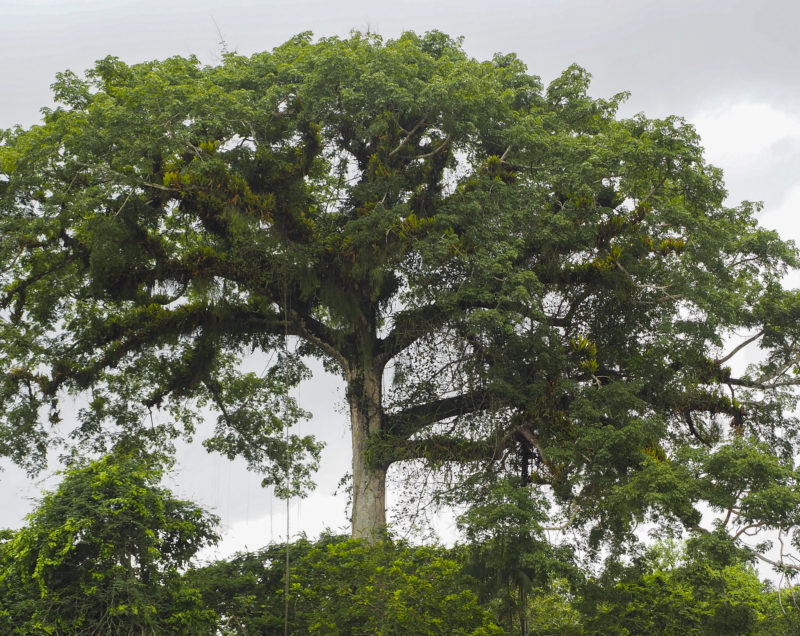
Results
So far, Norway’s support to Guyana has added up to approximately NOK 1.5 billion (approx. USD 156 million) in total for results relating to low deforestation and improved governance. Approximately USD 120 million have been channeled through the Guyana REDD+ Investment Fund (GRIF), administered by the World Bank.
Guyana spends the money on projects to realize Guyana’s Green State Development Strategy (and previously the Low Carbon Development Strategy). All projects are implemented by either the World Bank, the Inter-American Development Bank (IDB), the Food and Agriculture Organization, the UN Development Programme (UNDP), or the UN Environment Programme.
Approximately USD 80 million have been transferred to the IDB in support of a larger solar energy project, the project document is currently under development.

